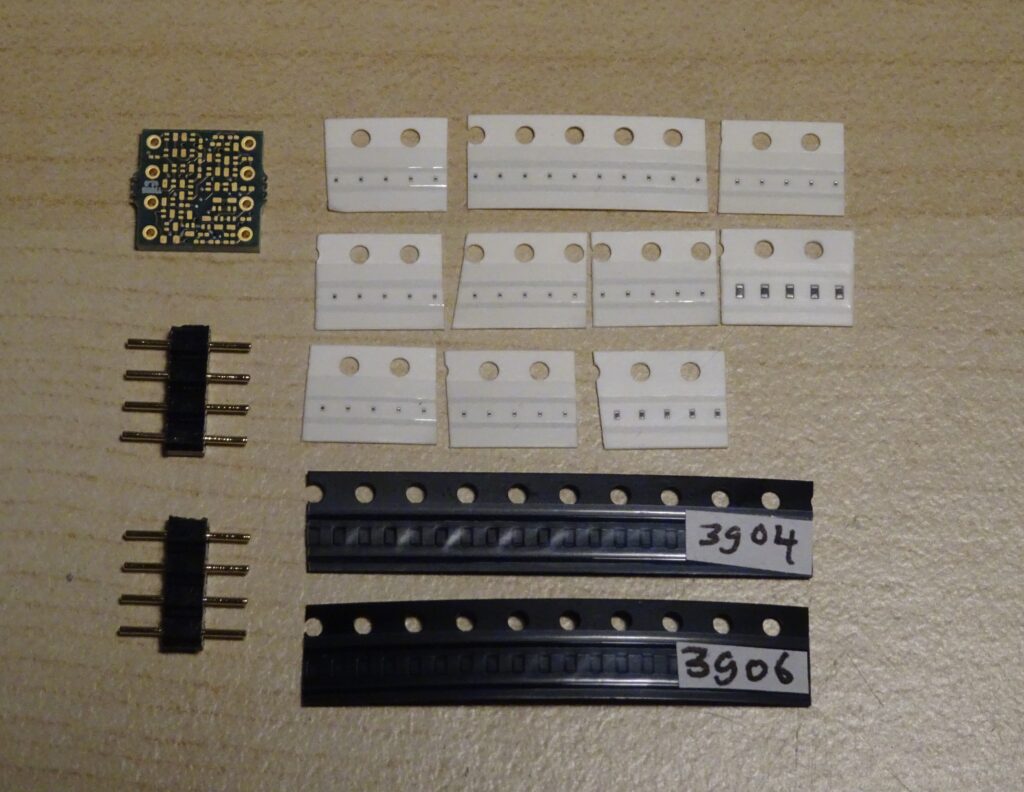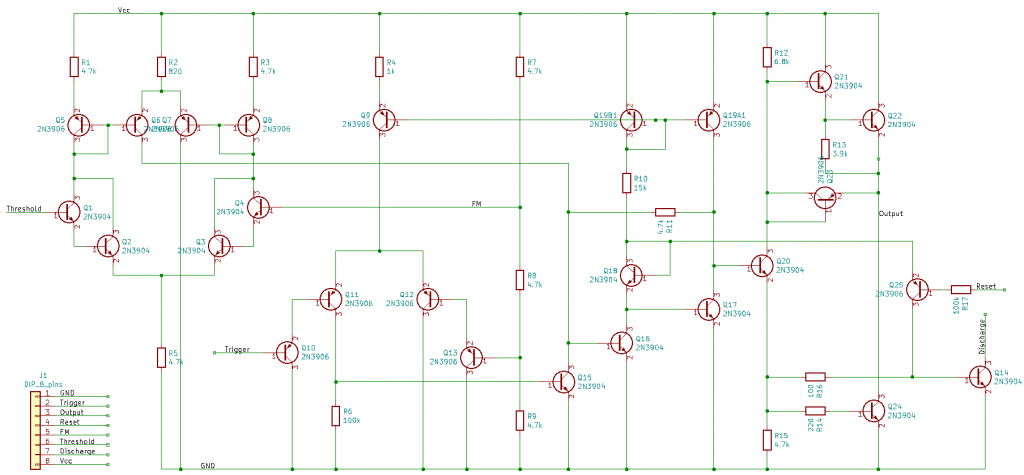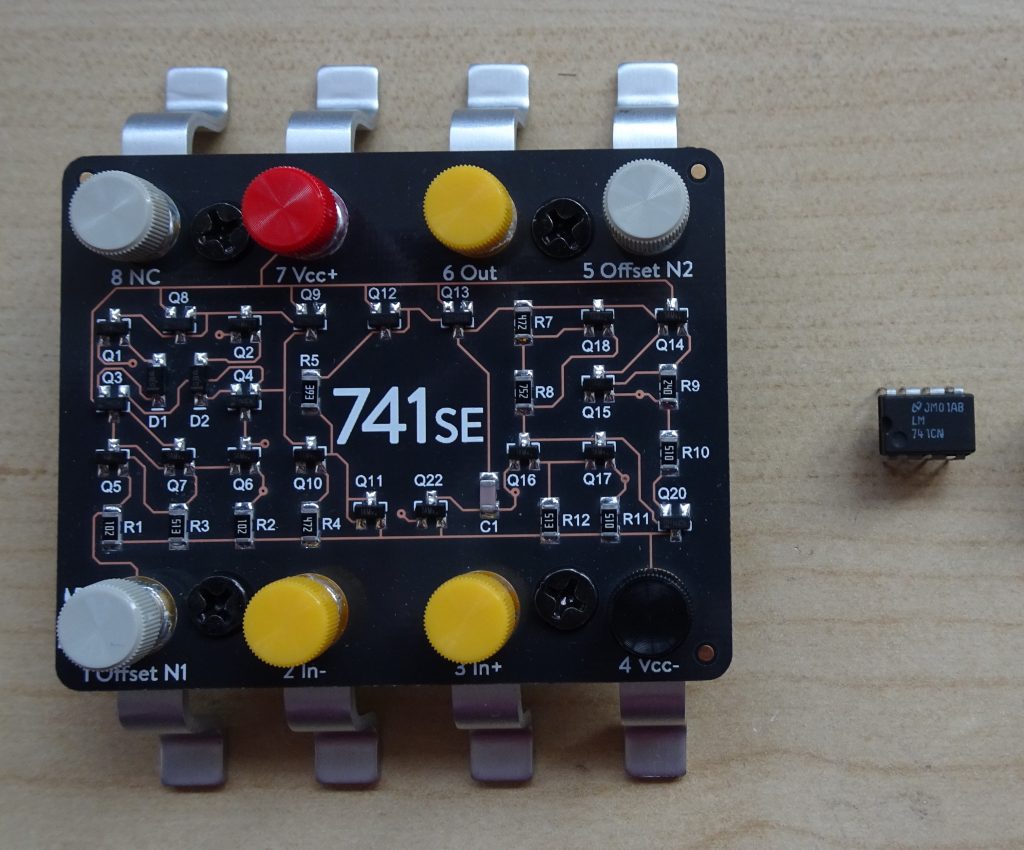Probably the most-viewed post on this blog so far has been my project to construct a discrete-transistor replica of the 555 timer IC. I’m pleased to report that, due to popular demand, the TT555 is now available in kit form!

This is your chance to prove that you’re a real SMD soldering expert: to assemble it, you need to place 43 components onto a 10×10 mm2 PCB, pick and place 01005 size resistors (0.4×0.2 mm2), and solder DFN-1006-3 packages (1.0×0.6 mm2). A microscope, sharp tweezers and a fine-tipped soldering iron are essential tools to complete this project.
Please click here to find the TT555 on Tindie!
Continue reading

